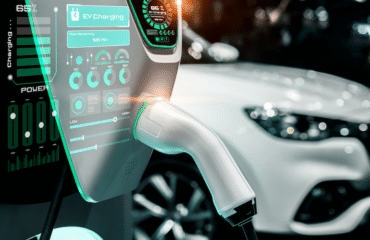Vital Mobility Technology Insights
Innovation gears up the mobility industry into the fast lane. Discover the freshest digital insights to compete effectively in the technology-defined world.
Recent blog posts

AutomotiveAutomotive EmbeddedMobility
Virtual ECUs for Automotive Testing: Making Software-Defined Vehicle Practical
December 23, 20256 mins read
by Oleksandr Horbachenko

AutomotiveMobilitySafety & Security
SDV Cybersecurity with AI: Building Safety and Trust by Design
December 09, 20256 mins read
by Abdelrahman Mabrouk

eMobilityMobilityTransportation
Smart Charging and Vehicle-to-Grid: The Key Role of Standards and Cooperation
August 26, 20256 mins read
by Volodymyr Zavadko

AutomotiveFSIInsurance
Telematics Insurance: Future-Proofing Your Business with Next-Gen Technology
January 13, 202414 mins read
by Pavlo Khropatyy

Automotive
VSS: The Key to Standardize Automotive Innovation
September 26, 20235 mins read
by Adam Konopa

MobilityTransportation
Intelligent Tolling Systems: Key Technologies Driving the New Era of Tolling
September 18, 202313 mins read
by Volodymyr Zavadko

AutomotiveHMIInfotainment & Comfort
HMI Design: A Symbiosis Between Vehicle Hardware and Software Components
June 26, 202312 mins read
by Oleksandr Odukha

eMobilityNavigation & MappingTransportation
Effective EV Route Planning: How to Overcome Key Industry Challenges
May 02, 202310 mins read
by Volodymyr Zavadko

AutomotiveInfotainment & Comfort
Comfort and Infotainment Subscriptions: A Scalable Growth Vector for OEMs
March 31, 202312 mins read
by Oleksandr Odukha